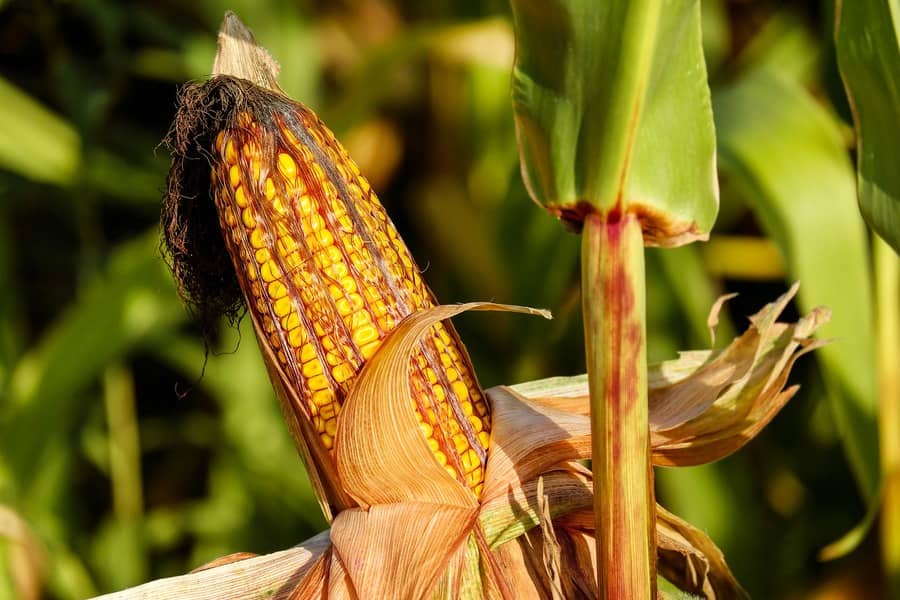Porto Alegre, May 17, 2021 – The price movement on the CBOT seems normal in the face of a market that was overpriced. The exaggeration is due to the fact that the US crop is progressing well, and there are no signs of problems ahead. The Brazilian market, however, showed consolidation of the highs not due to the external situation but to the supply environment and poor conditions of the 2021 second crop. Some rain in Paraná, southern São Paulo, and southern Mato Grosso do Sul, unfortunately, does not change the tragic scenario of this small season, especially because in other regions the scenario continued with continuous drought. Now, losses on the CBOT may put a little more pressure on trading companies to increase sales in the domestic market at the expense of exports. Of course, trading companies can sell, but corn deliveries will only occur after the harvest of the second crop.
Last week’s rain helped corn crops in the west and southwest of Paraná, as well as in Paraguay. Rain was spotty in the south of Mato Grosso do Sul, north of Paraná, and south of São Paulo. Nothing more. Another week without rain in most of second crop regions and already with definitive and very bad evaluations of crops, with small or failed ears, non-pollinated plants, and crops that are being abandoned due to the reduced possibility of producing this year.
The influence of the CBOT on the second crop prices in Brazil is very evident, as it forms port prices and determines the levels that trading companies will ask in the domestic market. With the CBOT losses, the market seems to be trying to forget the significant second crop losses to concentrate on port prices.
Port prices hit BRL 84/85 on Friday, still with high premiums. In a normal year, these levels would bring prices in the interior to BRL 75/78 in Paraná to BRL 65/70 in Mato Grosso. However, there is no offer available in the domestic market to fully meet regional demand until August with such crop losses. Normally, in June, we would already have the arrival of the second crop and advance in July. This year, we may have some harvest in June, but the second crop will only enter the market more consistently from August.
The central point in this environment in which supply remains tight and the harvest of the second crop still does not advance is the attitude of producers with the sale of available corn, still in warehouses, and of trading companies for deliveries of the second crop. Producers do not seem to have changed their selling stance despite the CBOT losses. What is most weighing on such decisions, at this moment, is the reality of the second crop production. As it has not rained, they do not sell regardless of other factors. However, trading companies believe they will receive the second crop contracts from producers, particularly in Mato Grosso, and try to speed up the transfer of these lots to the domestic market.
At this point, an internal market that accepts levels of BRL 100/105 CIF plus ICMS against BRL 84/85 at the port. Of course, trading companies head for the domestic market. It is not possible to affirm at this moment whether the lots that have been negotiated between trading companies and large buyers for July and August are volumes already committed to exports or that would still be aimed at exports. The fact is that volumes that could be seasonally sent to ports are currently being shifted to the domestic market.
Agência SAFRAS Latam
Copyright 2021 – Grupo CMA

